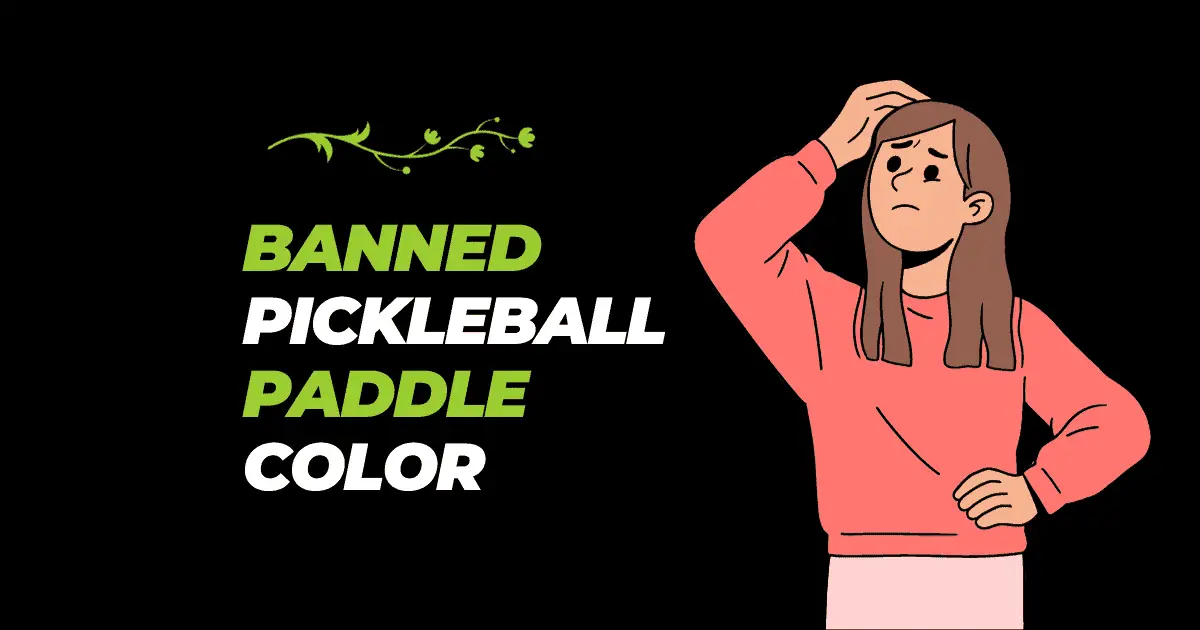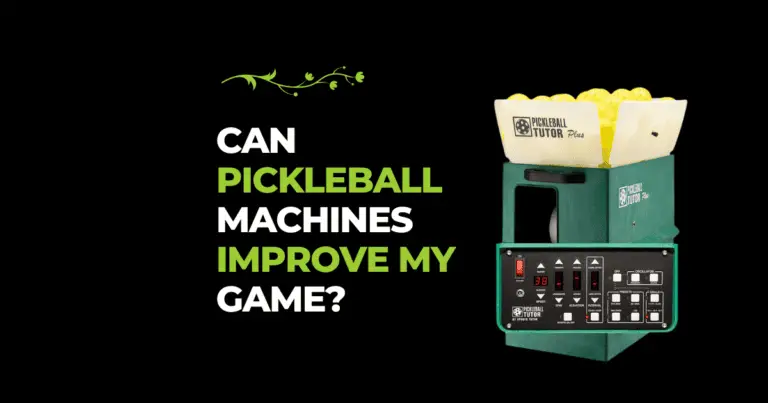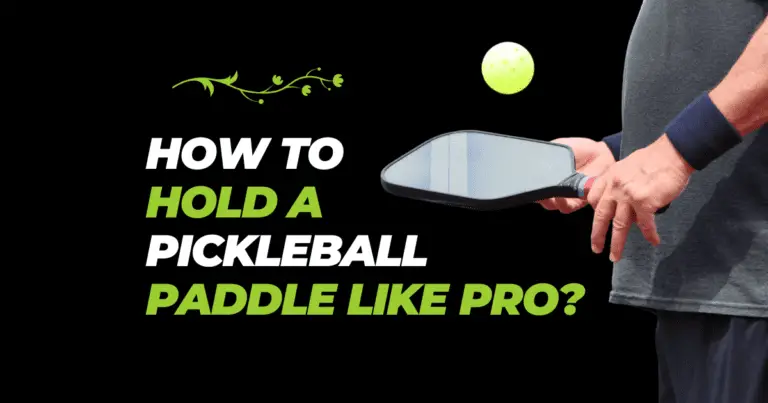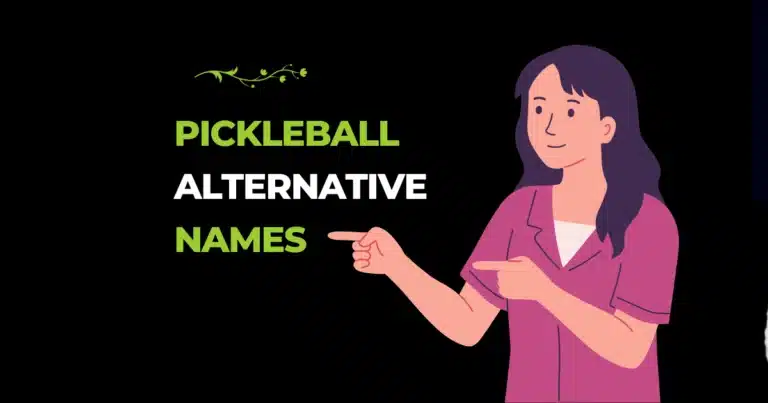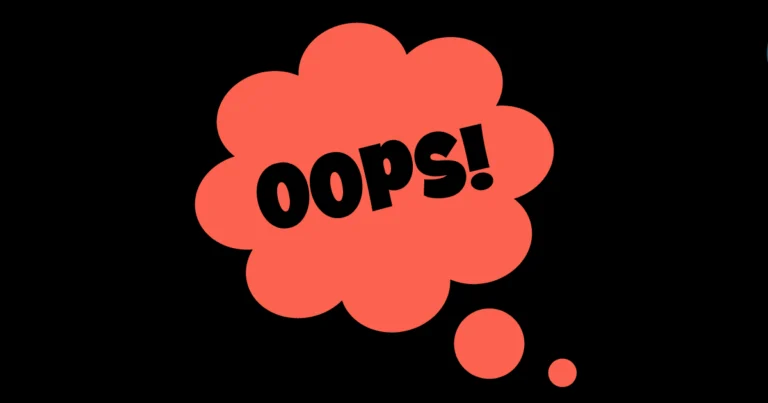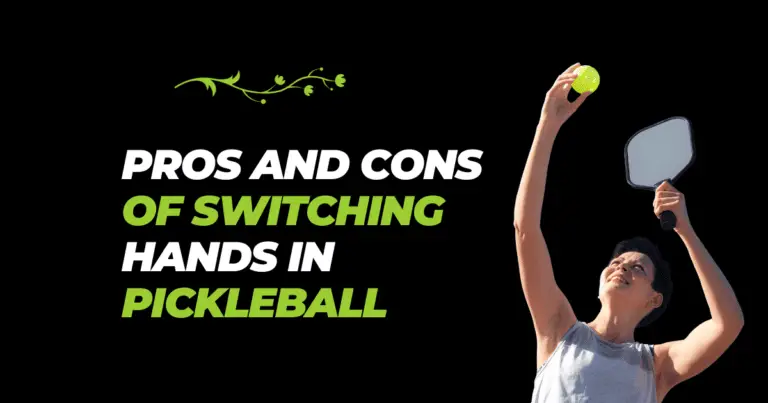Last updated on: January 14, 2024
Pickleball paddles come in a vibrant array of colors and designs, allowing players to express their personal styles. However, several shades have faced prohibition in professional tournaments over visibility and gameplay fairness concerns. As pickleball’s global popularity surges, debates continue within the community regarding these regulations.
List of Banned Colors
Several colors have been officially banned in sanctioned tournaments. Bright neon shades or overly reflective hues are often restricted to prevent distractions or visibility problems during fast-paced gameplay. Colors like fluorescent yellow, vibrant orange, and reflective silver have faced prohibition due to their impact on gameplay dynamics.
Effects on Players and Tournaments
The prohibition of specific colors affects players who favor those paddles. It poses a challenge for manufacturers as well, requiring them to adapt their production lines to comply with these regulations. Moreover, tournaments stick strictly to these color guidelines to ensure a level playing field for all participants.
Alternatives and Compliance
Players and manufacturers have found ways to comply with these regulations. They have shifted focus towards approved colors or modified designs to meet the standards without compromising on paddle quality or performance. This shift has prompted innovation in paddle design and materials.
Challenges and Controversies
The ban on certain colors has sparked debates within the pickleball community. Some argue that it restricts personal choice and style, while others support the regulations for the sake of fair play. Implementing and enforcing these regulations consistently across all levels of play poses a considerable challenge.
Future Outlook
As pickleball continues to evolve, so might the regulations surrounding paddle colors. With advancements in materials and designs, there might be room for reconsideration or modification of banned color lists. This could potentially shape the future landscape of paddle colors in the sport.
Conclusion
The regulation of pickleball paddle colors reflects the sport’s commitment to fair play and equality among players. While certain colors are currently banned to maintain a level playing field, the ongoing discussions and innovations suggest a dynamic future for paddle colors in the sport.

FAQs
Why are certain paddle colors banned in pickleball?
Certain colors can cause visibility issues or provide unfair advantages, leading to their prohibition.
Can I use banned colors in casual play?
Yes, the regulations primarily apply to sanctioned tournaments to ensure fairness.
Are all neon colors banned in pickleball?
Not all neon colors are banned, but some vibrant shades have faced restrictions due to visibility concerns.
Do all pickleball associations have the same banned color list?
While there are general guidelines, specific banned color lists might vary slightly among associations.
Are there ongoing discussions to revise the banned color list?
Yes, ongoing discussions and advancements in materials might influence future revisions.
Do rules differ across countries?
Slight regional variability exists. But major events follow international standards established by pickleball governing bodies, upholding similar allowances and prohibitions globally regarding equipment.
If you’re interested to know the top female pickleball players to watch out for in 2024, this article may be worth exploring.

